Have you recently noticed that your well-written blog posts do not get the visibility you’re used to? It’s not a figment of your imagination. The digital space constantly evolves, so traditional SEO strategies do not convert as easily.
The core issue? Search has changed. AI-powered tools like Copilot, Google SGE, Perplexity.ai, and Bing have taken over, giving today’s users direct answers rather than random search results. So, it gets ignored if your content is not structured to offer those direct answers.
This is where Answer Engine Optimization (AEO) comes in.
AEO is the progressive approach to optimizing your content for search and answer engines. It ensures your content gets picked, cited, and displayed as the default response in AI-generated summaries and zero-click results.
In this post, we will carefully explore the definition and mechanisms of AEO and how you can use them to grow your reach in 2025 and beyond.
RELATED BLOG POSTS
- KEYWORD OPTIMIZATION IN SEO: 6 UNIQUE WAYS TO RANK HIGH
- HOW TO CREATE AN EFFECTIVE B2B CONTENT MARKETING STRATEGY
- SEARCH INTENT IN SEO: THE BEST GUIDE TO BETTER CLICKS [2025]
- HOW TO OPTIMIZE YOUR CONTENT FOR EACH GOOGLE SERP FEATURE
What Is Answer Engine Optimization (AEO)?
Answer engine optimization (AEO) is a specialized content strategy that focuses on making your content easily visible and understandable to AI-powered search tools or answer engines.
These tools do not simply compile a list of links like traditional search engines; they extract and display the direct answers to user queries.
Its Emergence
The emergence of AEO was a response to the rapidly evolving nature of search. Platforms like Copilot, Google SGE, Perplexity.ai, and Bing have been searching for instant, structured answers, as users have requested.
Therefore, with AEO, your content is arranged to appear in these AI-generated summaries and responses.
Comparison to Traditional SEO
Traditional SEO enhances rankings through the use of backlinks, targeted keywords, and in-depth content. While this method might still be relevant, it’s not as effective as the modern tools in trend.
Answer engine optimization shifts the focus of your content from just ranking pages to answering questions. It requires anticipating user intent, utilizing structured data, and organizing content in a way that makes it easy for AI to extract value.
Search engines now utilize generative AI models that summarize all the information into a concise version rather than simply listing websites.
Why Traditional SEO Is No Longer Enough
The strategies you’re used to, like building backlinks, optimizing keywords, ranking for blue links, etc, are no longer giving you the same results in 2025. This issue arises because users no longer rely on traditional search methods to obtain the results they need.
Decline of Blue Links
Early on, with search engine optimization for results, Google’s search results were just a list of clickable blue links.
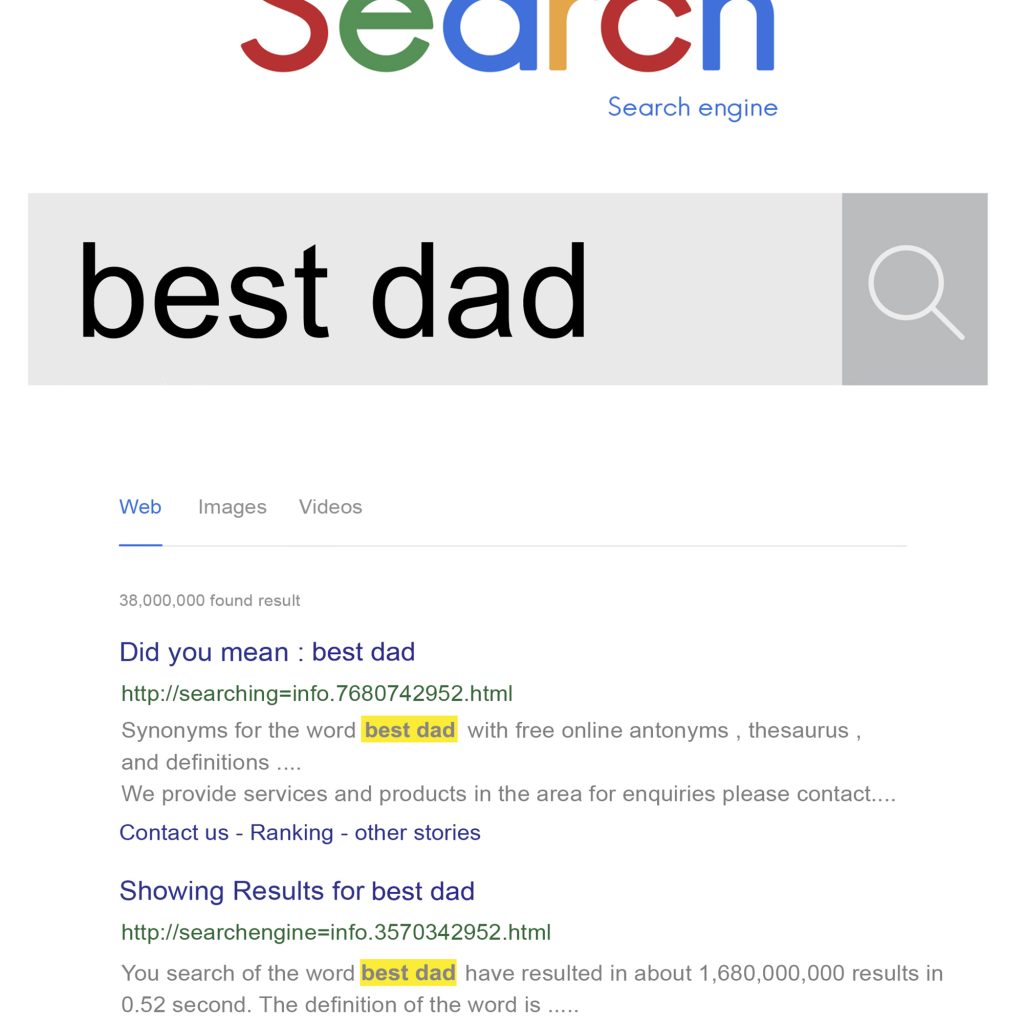
Photo by Freepik
However, these links are becoming outdated today because AI-generated answers and summaries have become prevalent. Users do not need to click through a website to get what they need.
AI Overviews & Zero-Click Searches
With the introduction of Google’s AI Overviews, Bing Copilot, and platforms like Perplexity.ai, searches can provide direct, conversational answers from many internet sources.
These zero-click searches mean users don’t need to leave the results page to get what they want, leaving traditional SEO pages behind.
Shift to Structured, Intent-Driven Answers
Search engines have narrowed their focus down to user intent and structured content. It’s no longer enough to stuff in keywords; your content must clearly and directly answer questions in a way that can be easily interpreted and displayed.
That’s the main deal with answer engine optimization. It meets the needs of both the user and AI simultaneously.
Key AEO Strategies to Implement Today
Answer engine optimization is a practical approach that requires a high level of structure and very intentional formatting.
For your content to successfully rank in AI-driven search, it must be more than interesting. Your content must be clear, concise, and easy for machines and humans to parse.
There are specific actionable strategies you can begin as part of the process of incorporating AEO, including:
1. Use structured data (FAQ Schema, HowTo Schema).
Structured data gives search engines a way to understand the context and intent of your content. Implementing schema markup (FAQ, HowTo, Article, and Breadcrumb schemas) enables your content to be crawled, making it eligible for rich results and answer boxes.
2. Implement an answer-first format.
An excellent strategy is to put the answer at the top. Start your content with a clear, direct answer to the most relevant question, whether it’s a blog post, service description, or product page. As you keep writing, you can elaborate as you go, but ensure you always lead with clarity.
For example:
Q: What is AEO?
A: AEO stands for answer engine optimization, a strategy that ensures content ranks in AI-generated search responses by providing direct, clear, and structured answers.

Photo by Freepik
3. Create conversational content with long-tail keywords.
AI search tools thrive on natural, question-based language. So, instead of just optimizing your content for “SEO tips,” use long-tail, intent-driven phrases such as “how to improve SEO for AI search engines” or “best practices for AEO in 2025.”
This method is how people ask questions and how answer engines retrieve responses.
4. Target featured snippets & “People Also Ask.”
Many answer engines draw from content already ranking in featured snippets or the “People Also Ask” section.
You can target these by arranging your posts with clear questions and straightforward responses, using numbered lists, bullet points, and short paragraphs that help users skim through easily.
Pain & Opportunity Points
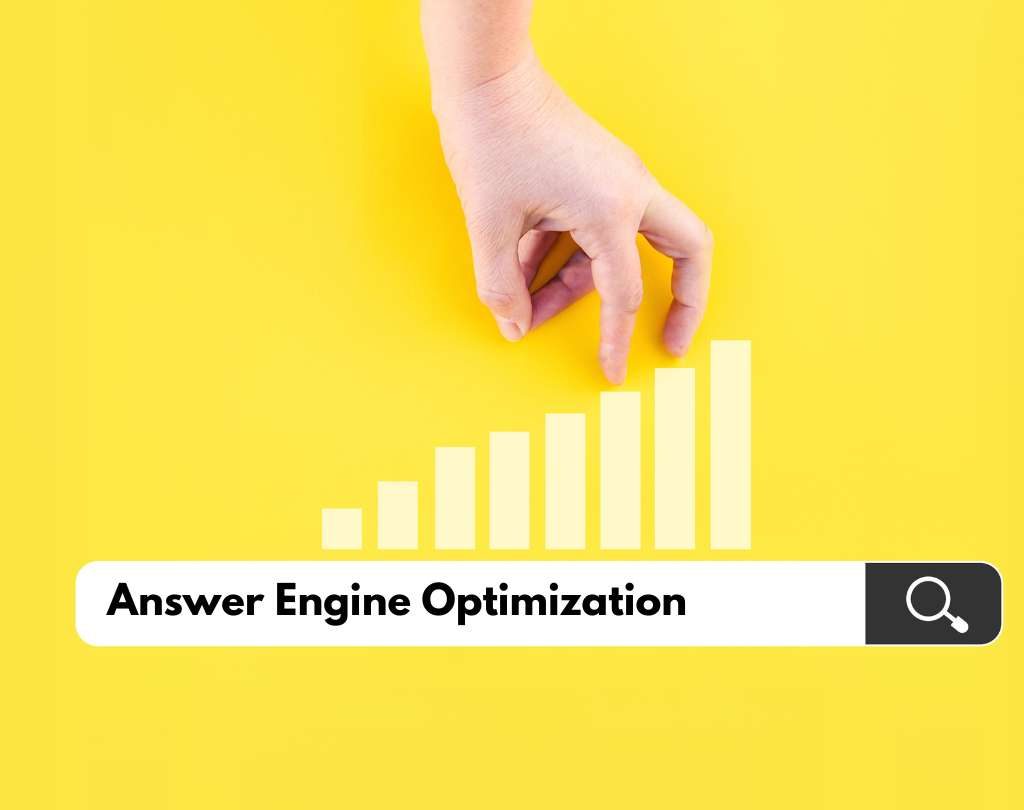
Photo by Young Urban Project
If your traffic is dipping, rankings are inconsistent, or your content isn’t getting seen despite all your SEO strategies, you’re likely suffering through one of the growing pains of traditional search strategies.
This gradual shift to AI-driven search may cause several businesses and creators to struggle to adjust their content strategies. Still, you must look beyond to see the opportunities that abound.
Below is a quick breakdown of common pain points and how answer engine optimization can solve them:
| Pain Point | Why It’s Happening | AEO Opportunity |
| Traffic is dropping from organic search. | Zero-click searches and AI overviews are providing users with answers without requiring them to visit websites. | Structure your content with clear, direct answers to show up in AI responses. |
| Featured snippets are going to competitors. | Competitors may be using structured data and answer-first formatting. | Use schema markup, bullet lists, and optimized Q&A sections to capture those positions. |
| Your content isn’t ranking for voice or AI search. | It’s likely not optimized for natural, conversational queries. | Use long-tail keywords and conversational phrasing to match user intent. |
| Keyword-stuffed content isn’t performing. | AI search engines value clarity and usefulness over keyword density. | Prioritize clear answers and logical formatting over keyword repetition. |
Top Tools Supporting Answer Engine Optimization
Although search engine optimization might be new in the digital marketing world, numerous tools already support this strategy. These tools help discover user intent, give structured formatting, and simplify content creation that AI-powered search engines prefer.
- Semrush

Semrush offers comprehensive keyword research options, including question-based queries and long-tail phrases.
Features such as the Keyword Magic Tool and Topic Research are essential for discovering the questions users are searching for. With this advantage, your content can be optimized easily for answer engines.
- Surfer SEO
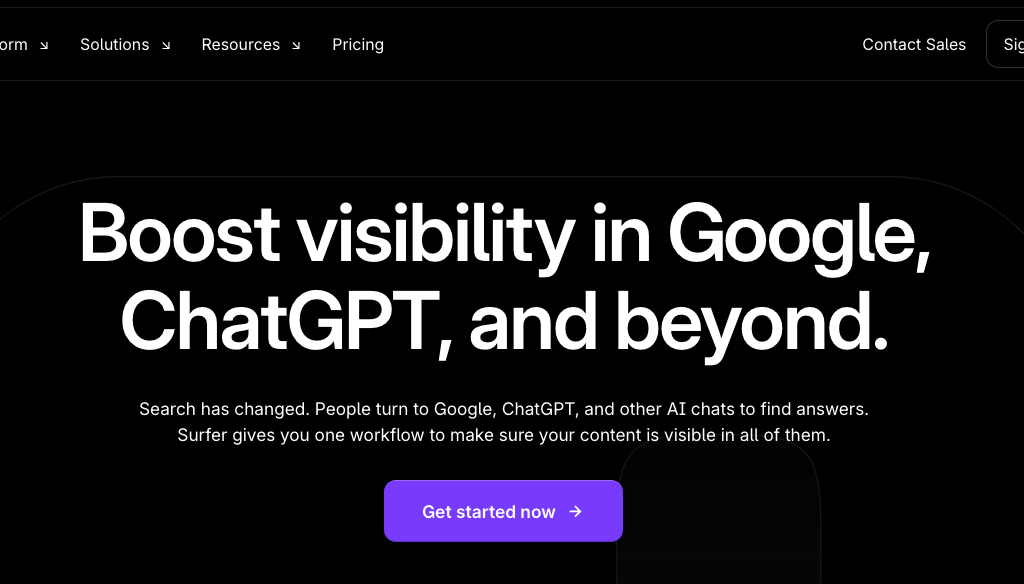
The Content Editor feature in Surfer SEO is invaluable for structuring your content, taking into account what’s ranking on Google. By optimizing content length, headings, keyword usage, and paragraph structure, this feature guarantees AEO success.
- AlsoAsked
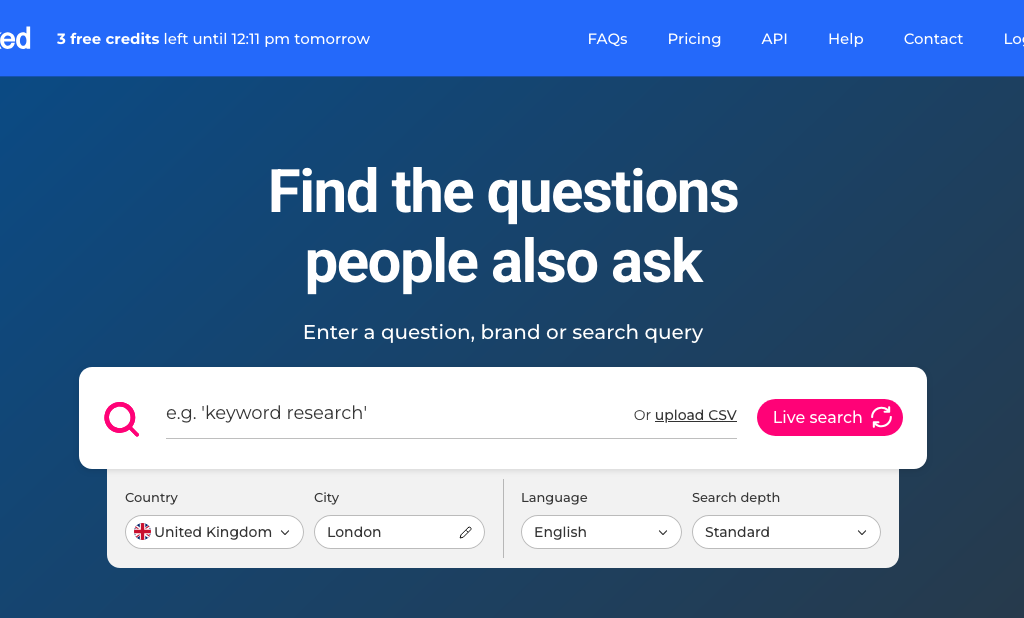
AlsoAsked is an SEO tool that visualizes the relationships between user questions on Google, particularly from the ‘People Also Ask’ feature.
This tool helps plan key elements of your content, such as FAQ sections and subheadings, so that your content answers follow-up questions naturally.
The Future of Search: What Comes After SEO?
Search is rapidly evolving. SEO has not lost its value; however, the spotlight is gradually shifting toward actual answers, predictive suggestions, and multimodal search experiences.
The question has moved from how people search to how machines deliver the best responses.
Here are a few updates to note:
- Voice Search Is on the Rise
Devices like Siri, Alexa, and Google Assistant help users engage in voice-first interactions. This means that content needs to be question-based, conversational, and structured to facilitate swift responses.
Short, directed answers are more likely to be chosen by voice assistants.
- Visual and Multimodal Search
Some tools allow users to search with images instead of keywords. These platforms include Google Lens and Pinterest Lens, among others. As a result, content creators have to think beyond text.
Therefore, matching optimized visuals with explicit texts improves their discoverability and relevance in image-based AI searches.
- Predictive and Proactive Content Delivery
Search engines are now programmed to be proactive and anticipate users’ needs before they even type in a query. This method favors content that aligns with user intent, context, and behavior. The more aligned and focused your content is, the more likely it is to perform well in these systems.
Final Thoughts

Search has evolved from being just about blue links to providing the best answers, and it’s happening quickly, too.
If you are a blogger, content creator, or digital marketer, it is wise to adjust to answer engine optimization as it sets you ahead of competitors. It’s not just about being visible but about building relevance in the eyes of humans and machines alike.
FAQs on Answer Engine Optimization
What is the difference between SEO and AEO?
SEO focuses on making a website visible in traditional search results while
AEO is about carefully creating content that directly answers specific user queries in a clear, concise manner so that AI-driven engines can pull and deliver the answers instantly.
How do I optimize for answer engines?
To optimize for answer engines, you must structure your content with headers and bullet points, use the FAQ or How-to schema markup, write in an answer-first format, focus on natural language and question-based queries, and include long-tail keywords with clear, specific answers.
What tools support AEO (Answer Engine Optimization)?
Specific tools like Semrush, Surfer SEO, and AlsoAsked are brilliant for optimizing and aligning content with AI-powered search behavior. Your content becomes more answerable by search engines like Perplexity.ai and Copilot.
Is AEO just a rebrand of SEO?
Not exactly. AEO builds on some SEO techniques, but they are distinct. AEO focuses on conversational language, user intent, and structured content for AI-powered search. It’s not much about keyword rankings as it is about delivering direct and helpful answers.
To start implementing AEO in your strategy, review your content first. Are you answering real questions? Are your posts structured so that AI can find them and display them?
If not, send us a DM now.
READ MORE: 9 FAILPROOF WAYS TO REPURPOSE CONTENT FOR SEO IN 2025

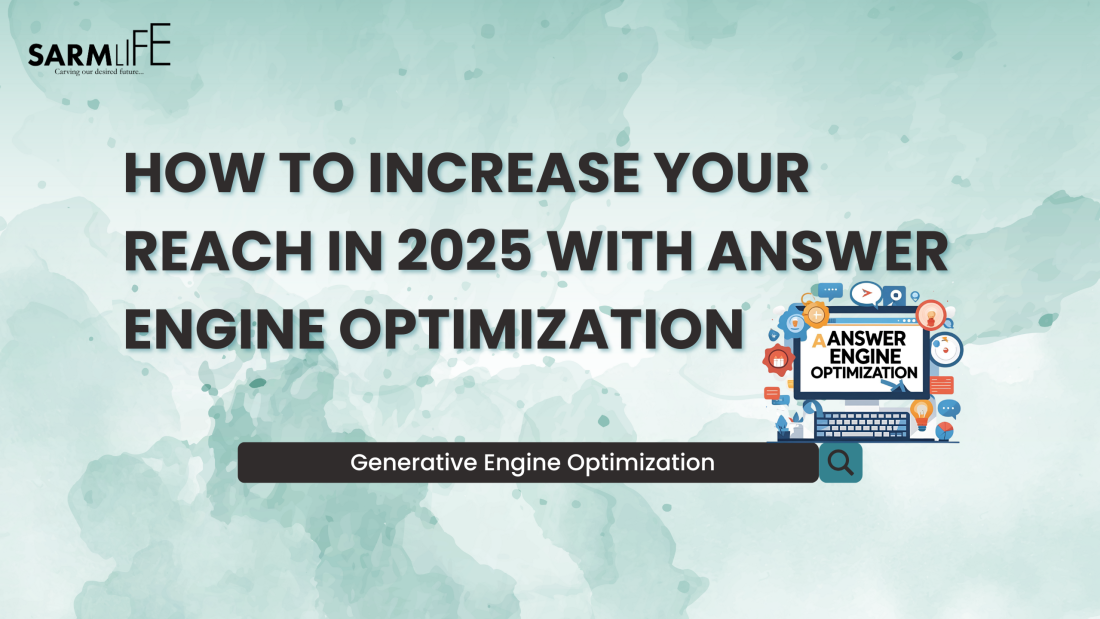
Add a Comment